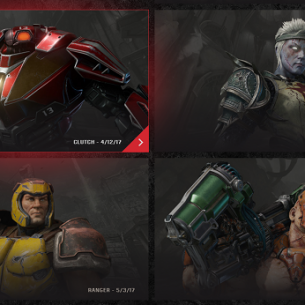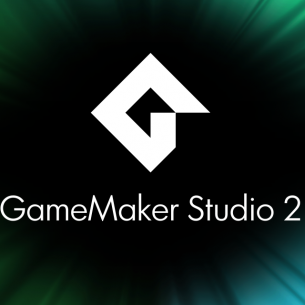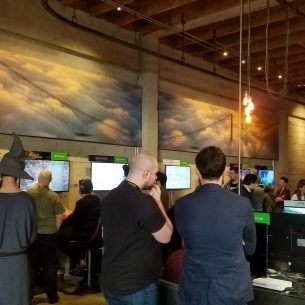Archive Post
Home / March 2017
Six Minutes of Quake Champions Footage Reveal New Hero Details
Quake Champions was playable this weekend at the Penny Arcade Expo in Boston and fans…
GDC17: GameMaker Studios 2.0 Takes On Industry Titans
Article By: Tori Dominowski Long since a staple of the ready-made game engine marketplace, YoYo…
GDC17: Indies Rule the House at Microsoft’s ID@Xbox Event
Article Written By: Tori Dominowski The Game Developers’ Conference lets independent game makers to show…



